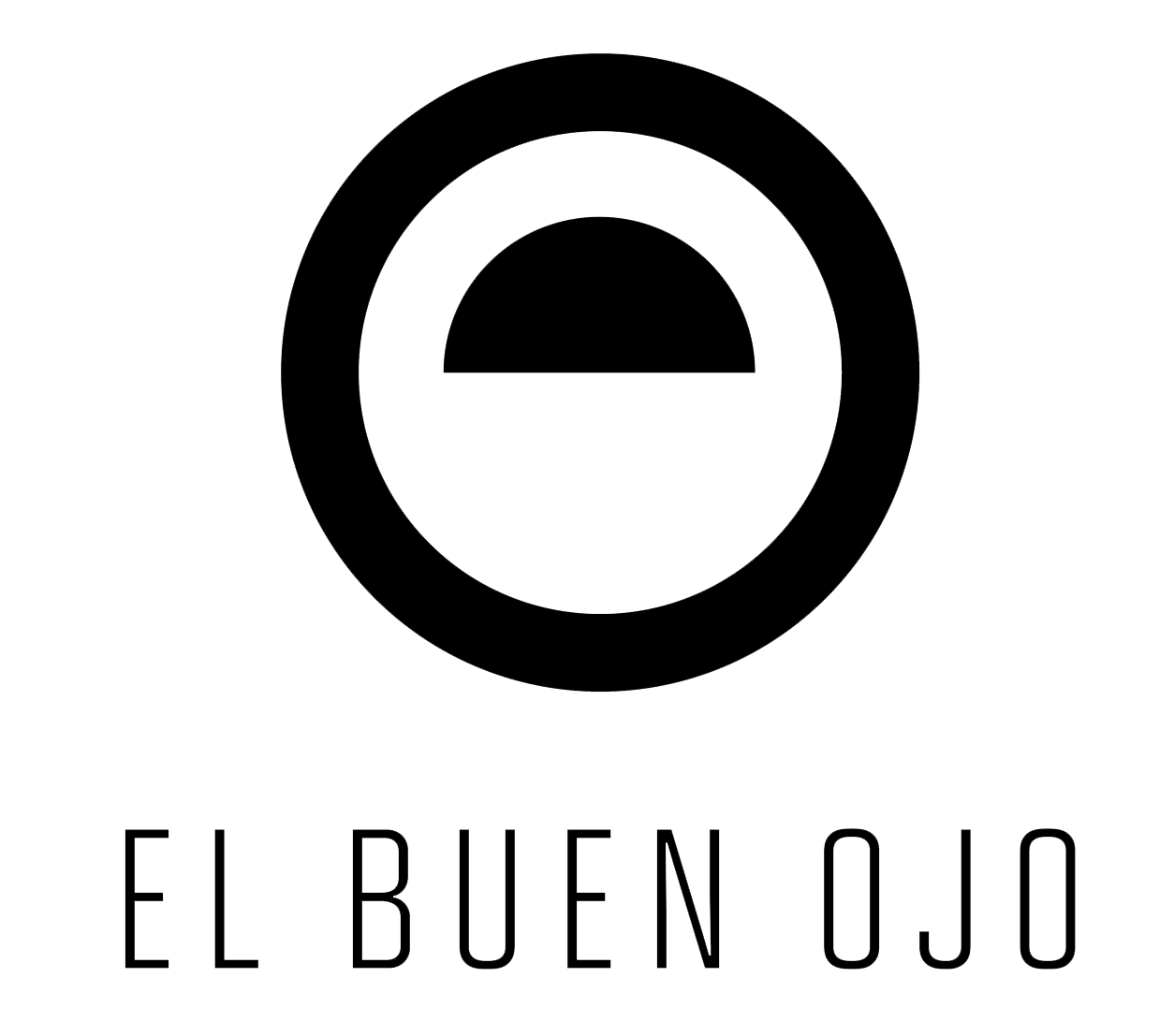HUNTING THE SHADOW
Refractions and Reflections of Guillermo Arias’s Creative Mind
Curated by Mónica Barreneche
These large-scale, atypical geometric forms are characteristic of the work of Colombian architect Guillermo Arias.
Photo: Mónica Barreneche.
How can a space be made beautiful? For Colombian architect Guillermo Arias, the question is less about style and more about the invisible dialogue between light, form, and material. Born in Bogotá in 1960, Arias belongs to a generation of thinkers who see architecture as both an intellectual pursuit and a poetic act — where geometry becomes language and light its most articulate verb.
Guillermo Arias
The Architect as Alchemist
To understand Arias’s universe, one must first accept that architecture, for him, is a field of experimentation rather than repetition. Through his Bogotá-based studio Octubre, Arias has cultivated an approach rooted in curiosity, craftsmanship, and an almost spiritual fascination with proportion. His pieces — from monumental staircases and luminous niches to sculptural benches and hanging lamps — emerge as fragments of a larger idea: that the built world can serve as a passage into imagination.
Each object becomes a small architecture in itself, a model within which the user can mentally travel. The result is a body of work that oscillates between rigor and reverie, embracing imperfection as part of its truth.
The Grammar of Light
Light, in Arias’s practice, is not a mere afterthought — it is the raw matter that shapes everything. His architectural career has long revolved around how light hits a wall, spills over a stair, or becomes trapped in a polished surface. With Hunting the Shadow, Arias translates this obsession into a collection of collectible design pieces for La Casa Azul, the experimental platform of Bogotá’s NC Arte gallery.
Here, shadow becomes muse and medium. Marble blocks glow like captured embers; oxidized metals reveal their own patina of time; and recovered woods — their scars intact — turn into floating trees of light. The forms are deliberately asymmetric, their geometries slightly off-balance, challenging the bourgeois ideal of perfect symmetry.
With Hunting the Shadow, Arias translates this obsession into a collection of collectible design pieces for La Casa Azul, the experimental platform of Bogotá’s NC Arte gallery.
Pink Marble Desk Lamps, carved as amorphous stones, ignite when touched by artificial light, turning stone into fire.
The Substance of Memory
Arias’s work is as much about process as it is about outcome. Each lamp, bench, and table carries the weight of decades spent observing how materials behave — how marble fractures, how iron rusts, how wood bends when it meets humidity and heat. “Matter shouldn’t have a social class,” he says, insisting on using local granites and marbles as acts of cultural validation.
The Tree Lamp — suspended from ceiling to floor — reinterprets the geometry of growth in reclaimed wood. The Pink Marble Desk Lamps, carved as amorphous stones, ignite when touched by artificial light, turning stone into fire. Elsewhere, Imperial Black Marbles meet raw iron in bold contrasts, while the White Marble Benches rest delicately on wooden joints, their minimal gestures softening the industrial edge.
A Personal Lexicon of Design
At La Casa Azul, Arias’s objects form a landscape of personal archaeology — a map of ideas that connects architecture, art, and memory. The exhibition includes a large dining table that conceals its logic beneath its surface, and a curved metal bench that disguises its structural complexity behind apparent simplicity.
Every piece, every surface, seems to breathe with a certain rhythm — the rhythm of someone who has spent a lifetime listening to materials. “What we do,” he reflects, “is like interpreting a musical score. You can read the same notes, but each master decides how to play them.”
Guillermo Arias workshop
The Workshop and the Shadow
Beyond the gallery, Arias still spends long hours in his workshop in Bogotá’s Samper Mendoza district — a space filled with prototypes, marble dust, and unfinished ideas. There, surrounded by tools and light, he continues to blur the line between architecture and art, between the rational and the intuitive.
Born in Teusaquillo, raised by an engineer and astronomer father, Arias’s path was defined early by geometry and curiosity. After his studies at Universidad de los Andes and formative travels through Europe, he opened the first Octubre showroom, where experiments with Art-Deco mosaics and light installations began to shape his distinct visual grammar.
Decades later, Hunting the Shadow is less a retrospective than a revelation — a testament to how light, when crafted with care and courage, can transform not only matter but the way we perceive the world around us.














